The ABCs of Raising a Thinking Child: F through J
January 8, 2013 in ABCs of Raising A Thinking Child, All Posts, Play, Preschool
Welcome to Day Two of the ABC’s of How to Raise a Thinking Child!
At the end of this post I’m also sharing 11 other bloggers’ A through Z guides in the ABC’s of School Activities category. If you didn’t already: don’t forget to check out the 20+ ABC Guides to Mom Tips & Tricks from yesterday, too!
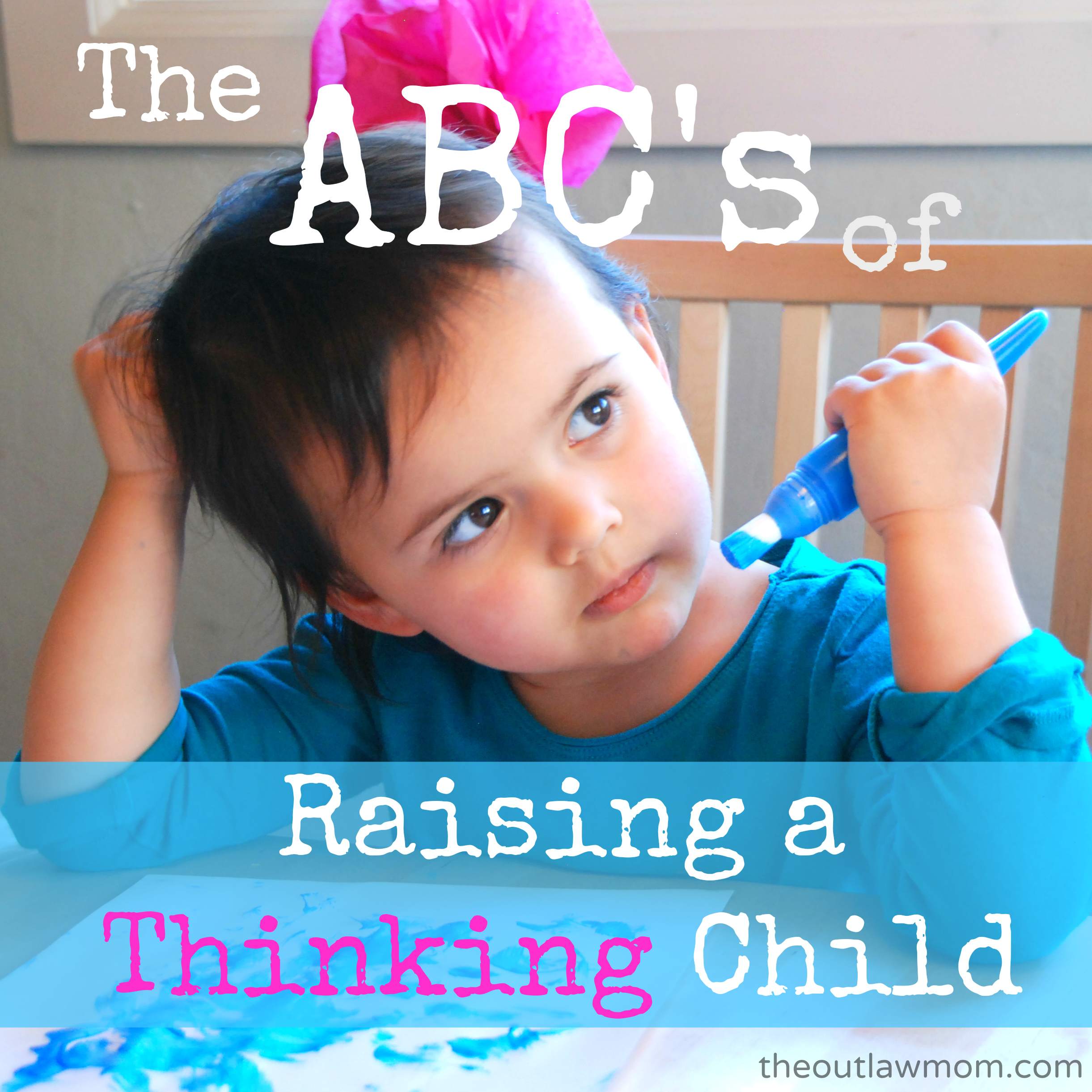
Like yesterday, I’m sharing a list of the things - starting from F to J today - that I try to be conscious of in order to Raise A Thinking Child. Please share your tips in the comments!
The ABCs of Raising A Thinking Child
F is for Forest.
As in, show your child the whole forest, not just the trees. Many times when we ask a child to do something, he refuses because he doesn’t see the significance in the single act. Take brushing his teeth for example. Your child might understand that brushing his teeth makes them clean, but does not see that the act is much more than brushing off the slime from his molars. Take the time to explain that brushing your teeth is just one part in being healthy and that being healthy means being able to play outside, take a trip to the zoo, or do other things your child enjoys. For my daughter, who has a crazy sweet tooth for chocolate and marshmallows (but strangely, not s’mores), I explain that candy is not “bad” and she can eat them on certain occasions, but if that was all she ate or she ate too many non-nutritious foods and not enough protein, she would be really slow on the soccer field and wouldn’t be able to kick the ball very hard. Now, she is starting to understand that when I say no to a certain food, it’s not because the food is a prohibited one, but because she won’t be as healthy and strong if she ate it in place of something more nutritious. Her day to day choices are now linked to an overall picture, which is much more motivating than just focusing on the fudgesicle she wants to eat for breakfast.
G is for Games.
Raising a thinking child doesn’t mean administering boring tests or giving dry lessons. Incorporate games into your daily play activities that encourage your child to exercise his cognitive skills and become comfortable with thinking on his own to solve a problem. A homemade matching game, like our DIY Memory, is always fun. Mazes - on paper or the kind you construct from couch cushions or cardboard boxes - are also great ways to stimulate your child’s creative problem solving skills.
H is for Holistic Learning.
“Holistic” is not just a big vocabulary word or a way of learning exclusive to “alternative” education. The way I’m using it here simply means: integrate your child’s personality, interests, and strengths into his learning experiences. For instance, if your child is really into vehicles or transportation, use cars and trucks to talk about concepts. You can make a lesson in taking turns more meaningful and memorable by using an analogy about cars at a stop sign and then acting it out with toy cars. Show him the consequences of not being patient and taking a turn and let him act out the different scenarios so that he really internalizes the reason behind the concept. That way, he’s not just robotically taking turns because you commanded him that it’s the right thing to do, but he learns why it’s a good idea to make that choice.
I is for Investigate.
Any time you need to figure out a problem, enlist your child to be the problem solver. For example, if a lightbulb goes out, ask him for possible explanations of why it went out and what you could do to fix it. Then let him assist. Even the act of holding the lightbulb and handing it up to you when you’re ready - because he’s not old enough to do it himself - will get him used to the idea of solving problems from start to finish. Outdoor play and science experiments are also great ways to introduce your child to investigation. My kids especially love using magnifying glasses and flashlights for their investigations!
J is for Joy.
One of the neatest things about being a parent is that you are in a position to shape your child’s perspectives and attitudes. You have the power to get them excited about something or avoid another thing like the plague. Show your child how satisfying it is to figure out a new problem or master a new skill. Appreciate or praise decisions he has made that required him to dig a little deeper instead of going the easy route. Celebrate when your child makes a less popular choice, but one that’s based on a solid reasons instead of just following the herd. Enthusiasm is contagious!
This post is part of a 5-day series from the Kid Blogger Network, a group of fabulous parents who blog about children’s activities, learning, and play ideas.
Every day this week, I’ll be sharing the ABC’s of a different group of topics at the end of my ABC post.
For the ABC’s of School Activities, please check out the ABC posts from these uber-awesome moms in the School Activities category:
- A Waldorf Mama from Triple T Mum
- After School Activities from The Educators Spin On It
- Hands-on History from Adventures in Mommydom
- Home Daycare or Family Child Card from My Buddies and I
- Homeschooling from Enchanted Homeschooling Mom
- How to Home Preschool from In Lieu of Preschool
- Math Activities from Blog Me Mom
- Montessori from Living Montessori Now
- Science Activities & Play from Science Sparks
- Teaching Math from Montessori Tidbits
- Thrifty Teaching Tools from Kindergarten & Preschool for Parents & Teachers
Other A-Z Guides
Monday - The ABC’s of Mom Tips & Tricks (Posts from 20+ other bloggers on everything from birthday parties to being a hands on mom to teaching kids about money, including our post on How to Raise a Thinking Child from A through E)
Tuesday - The ABCs of School Activities
Coming up this week
Wednesday - The ABCs of Learning Through Play
Thursday - The ABCs of Literacy
Friday - The ABCs of Arts N’ Crafts






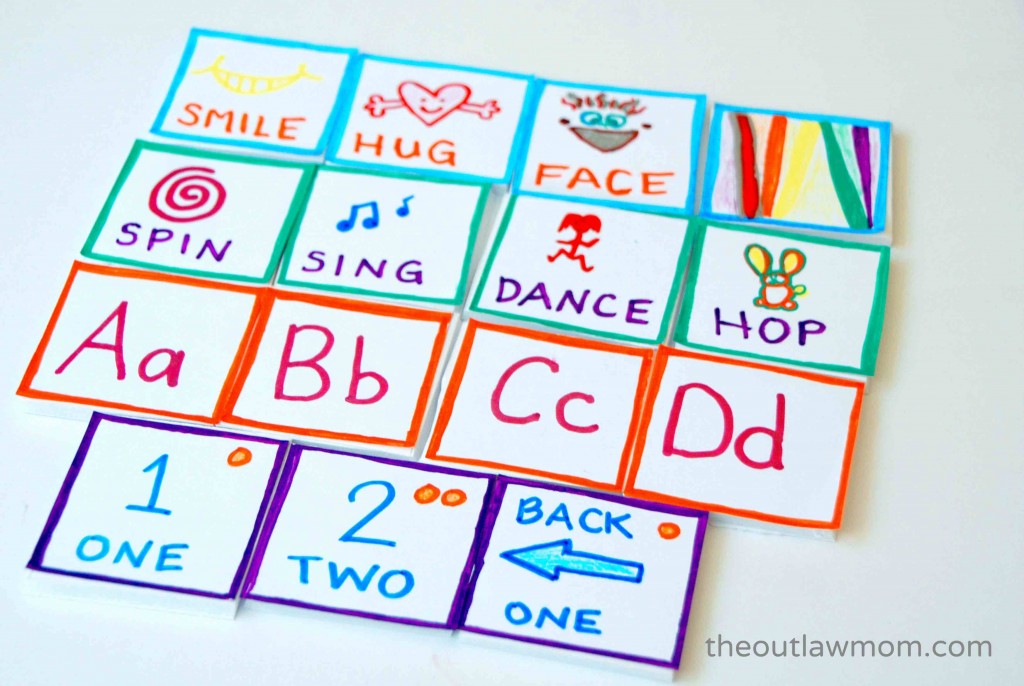
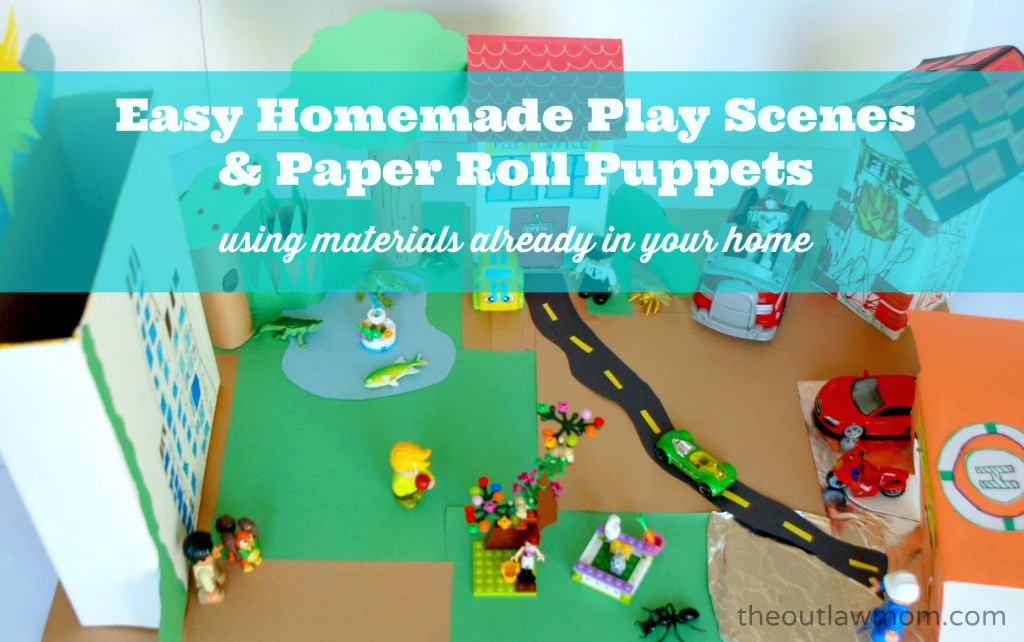


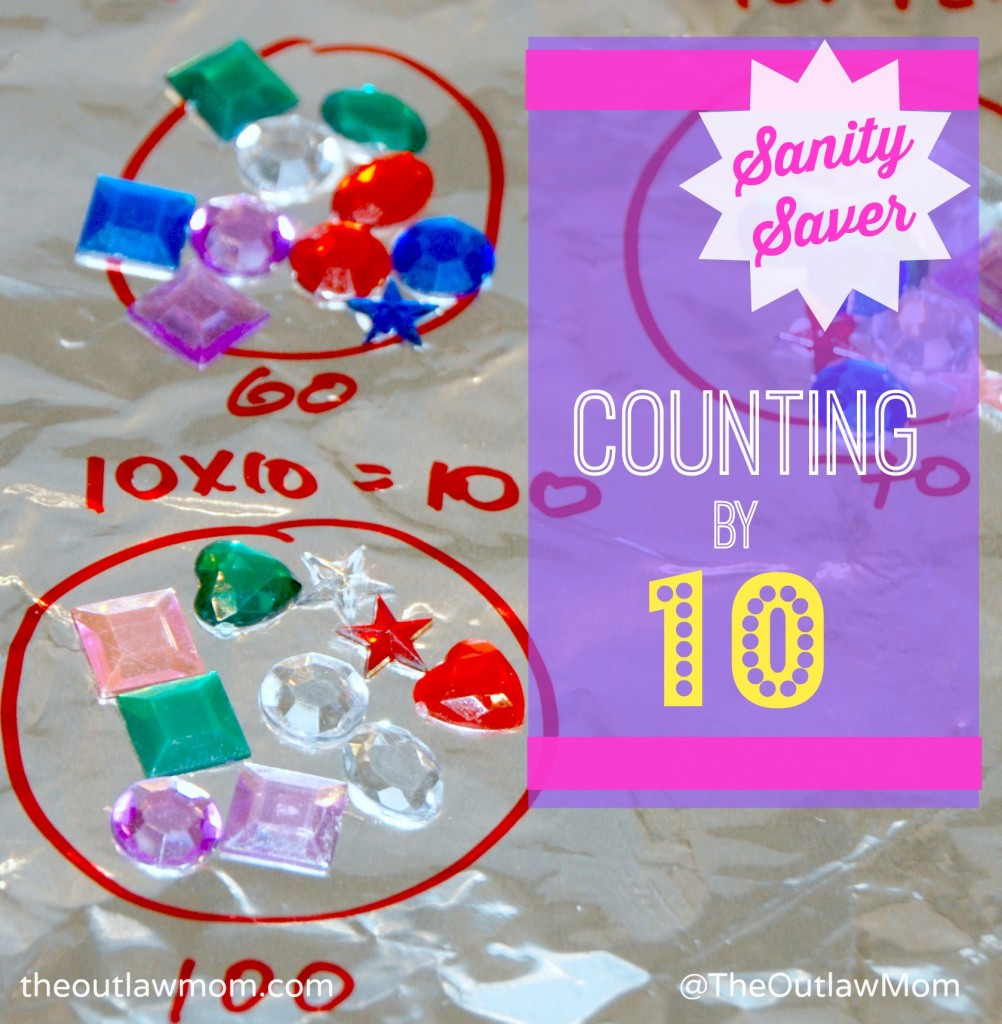
























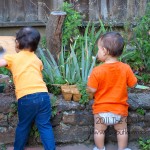
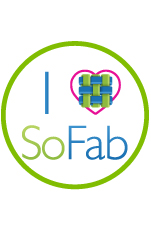










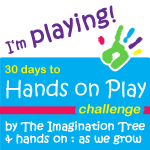
[…] The ABCs of Raising a Thinking Child: F through J […]
[…] The ABCs of Raising a Thinking Child: F through J […]
[…] The ABCs of Raising a Thinking Child: F through J […]
[…] The ABCs of Raising a Thinking Child: F through J […]